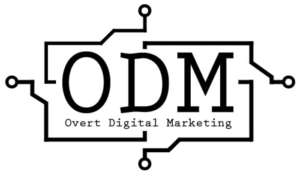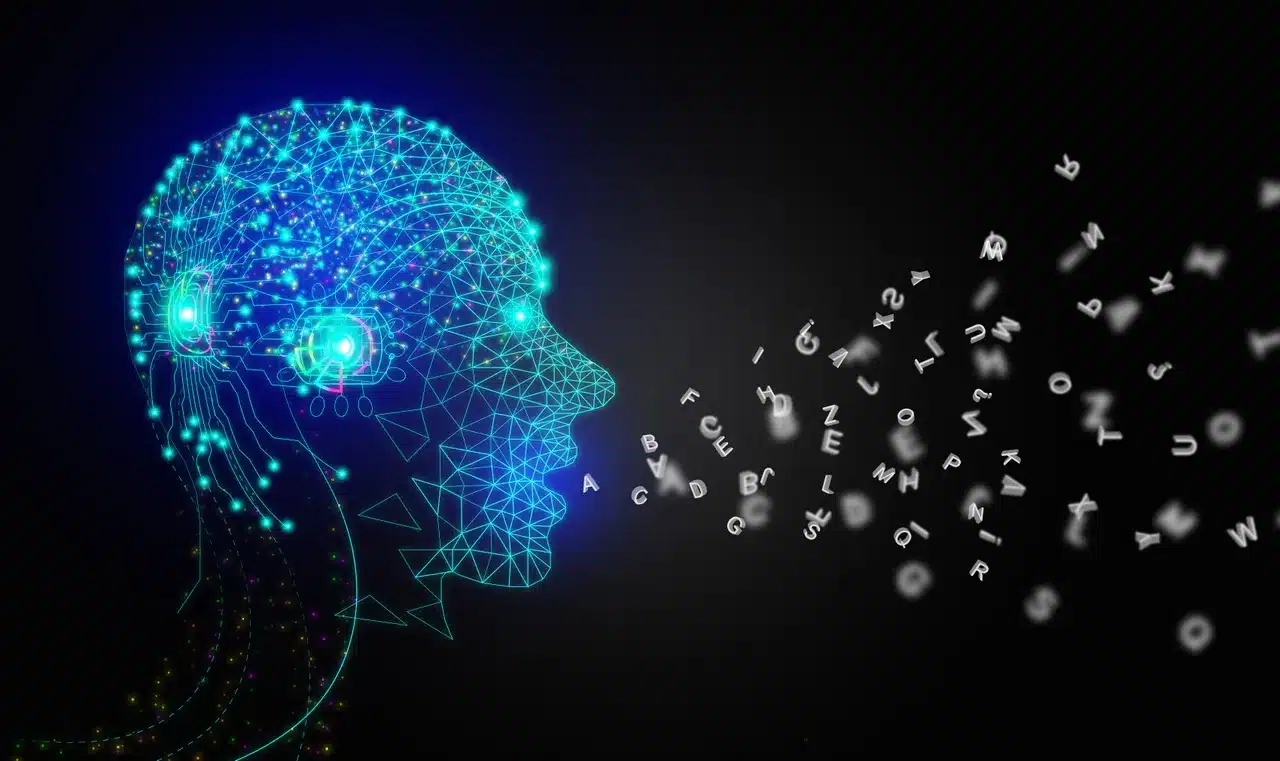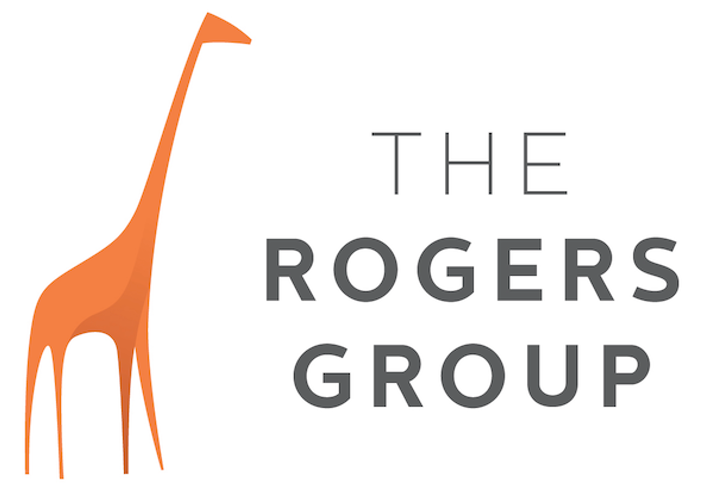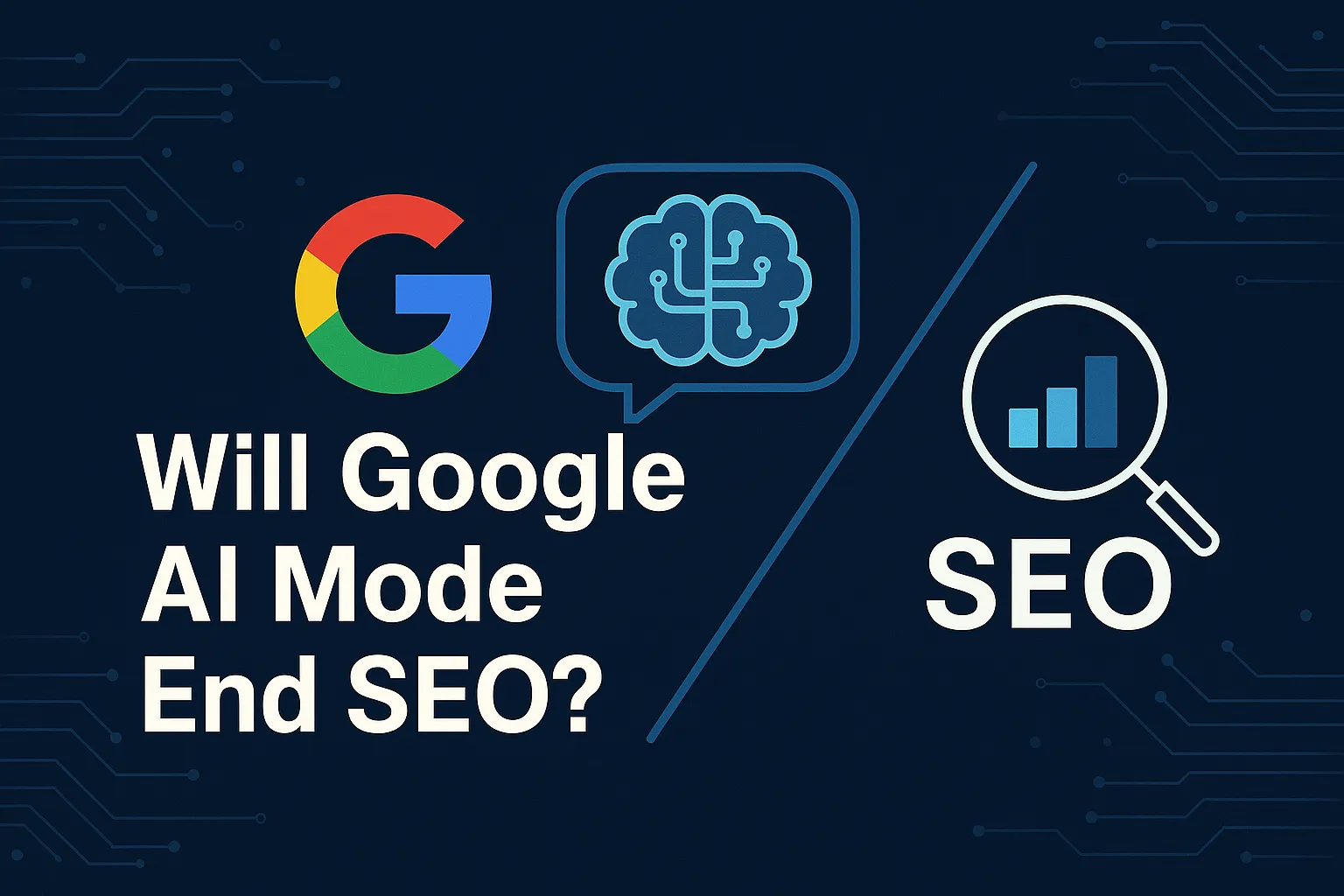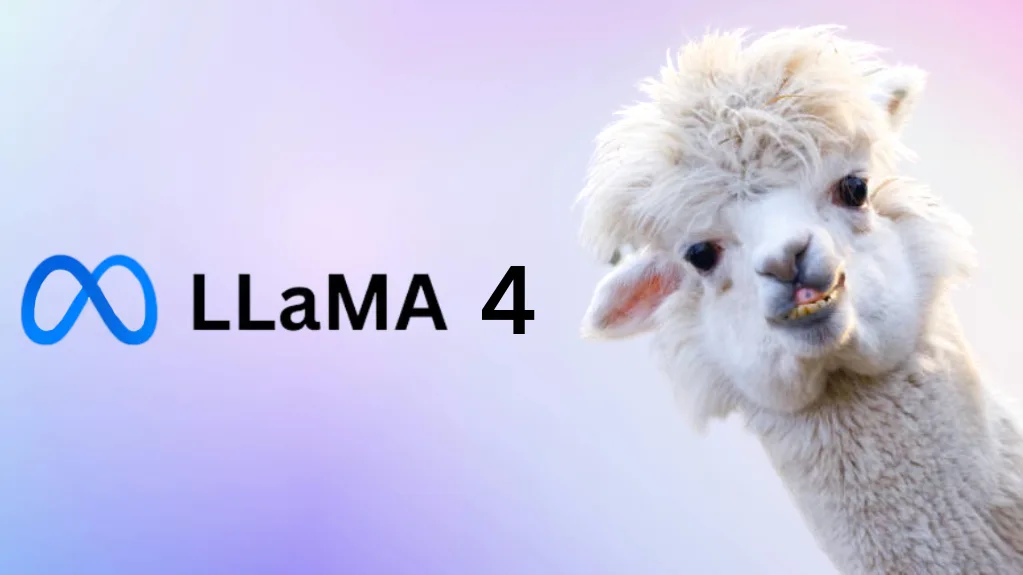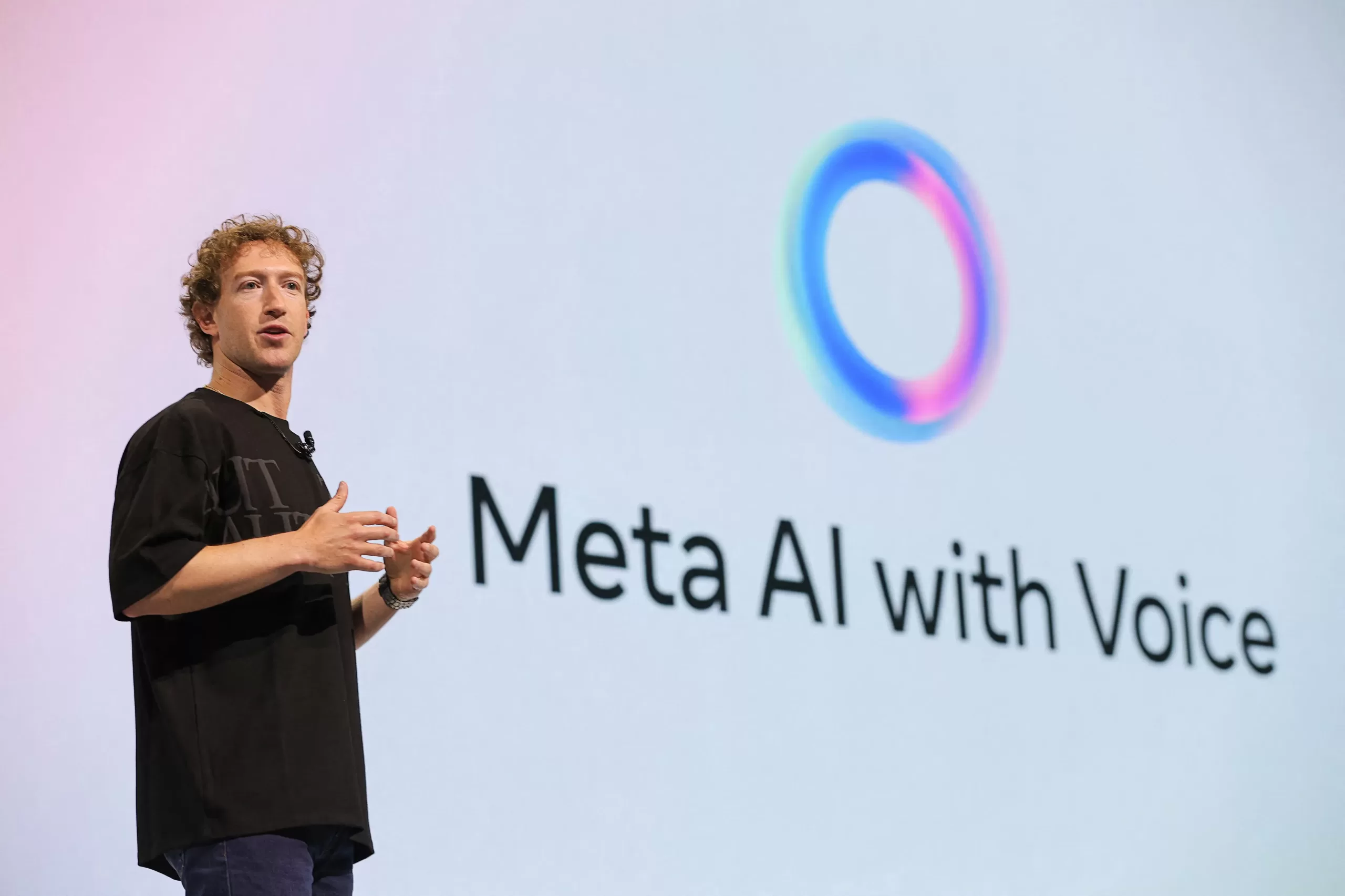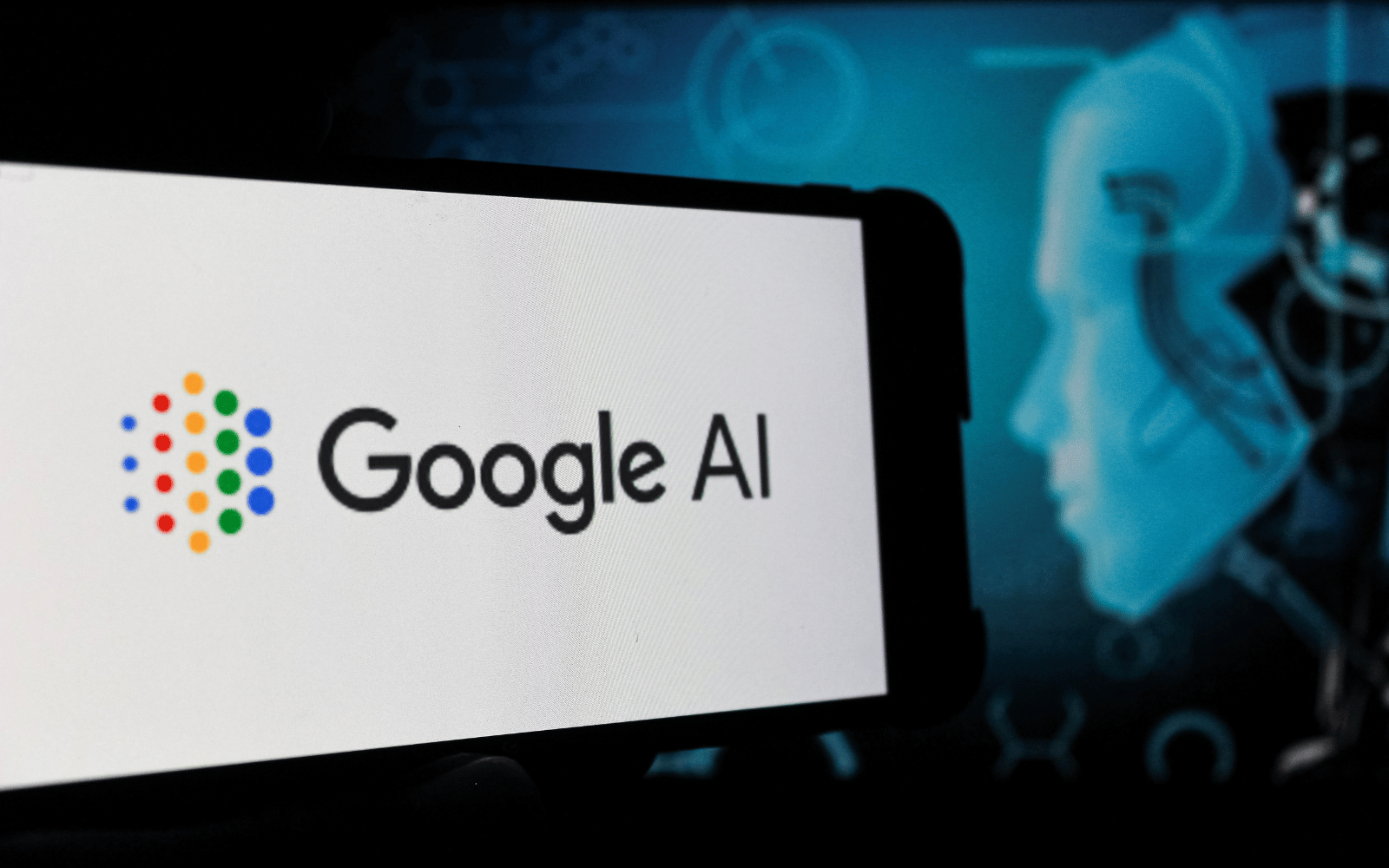In the ever-evolving landscape of artificial intelligence (AI), one area that has gained significant attention and sparked the imagination of researchers, developers, and artists alike is generative AI. Generative AI refers to a class of machine learning techniques that enable computers to generate new, original content, whether it be images, music, text, or even entire virtual worlds. It has the potential to revolutionise various industries and redefine the boundaries of human creativity. In this article, we will explore what it is and delve into practical examples of how this technology can be put into practice.
Understanding Generative AI
It employs algorithms and neural networks that learn patterns and structures from vast amounts of data to generate outputs that are remarkably similar to the training data. These algorithms can generate content by capturing the underlying distribution and generating samples that exhibit similar characteristics.
Image Generation
One of the most fascinating applications of generative AI is in image generation. Deep learning models, such as generative adversarial networks (GANs) and variational auto-encoders (VAEs), can learn to create realistic images that do not exist in the real world. By training on vast datasets, these models can generate breathtaking landscapes, lifelike portraits, and even surreal art pieces. Google is currently using it for virtual try-on. Such capabilities have immense potential in the creative industries, allowing artists and designers to explore new horizons and push the boundaries of imagination.
Natural Language Processing
Generative AI has also made significant strides in the realm of natural language processing (NLP). Language models like OpenAI’s GPT-3 have demonstrated impressive abilities to generate coherent and contextually relevant text. These models can be harnessed for various applications, such as chatbots, content generation, and language translation. They can assist writers by suggesting creative ideas, generating unique storylines, or even completing unfinished sentences, acting as powerful writing companions.
Generative AI in Music Composition
It has opened up exciting possibilities for music composition and generation. By training on vast music libraries, AI models can create original compositions in various genres, imitating the style of famous musicians or even producing entirely new musical styles. Composers, producers, and musicians can collaborate with generative AI tools to explore novel melodies, harmonies, and rhythms, paving the way for groundbreaking musical experiences.
Virtual Worlds and Gaming
Generative AI has found its way into the realm of virtual worlds and gaming, where it can create dynamic and immersive environments. By employing procedural generation techniques, AI algorithms can generate vast and diverse landscapes, populate them with interactive objects, and even simulate realistic physics. This technology enables game developers to create rich, open-ended worlds that offer infinite possibilities, enhancing the player experience and pushing the boundaries of virtual reality.
In conclusion, Generative AI represents a new frontier in artificial intelligence, enabling computers to exhibit creative thinking and generate original content across various domains. From generating images and composing music to aiding in natural language processing and building virtual worlds, the potential applications of generative AI are vast and exciting. As the technology continues to advance, we can expect to witness further integration of generative AI in our daily lives, pushing the boundaries of human creativity and innovation like never before.
By Manesh Ram, Digital Marketing Specialist. Please follow @maneshram & Meta
